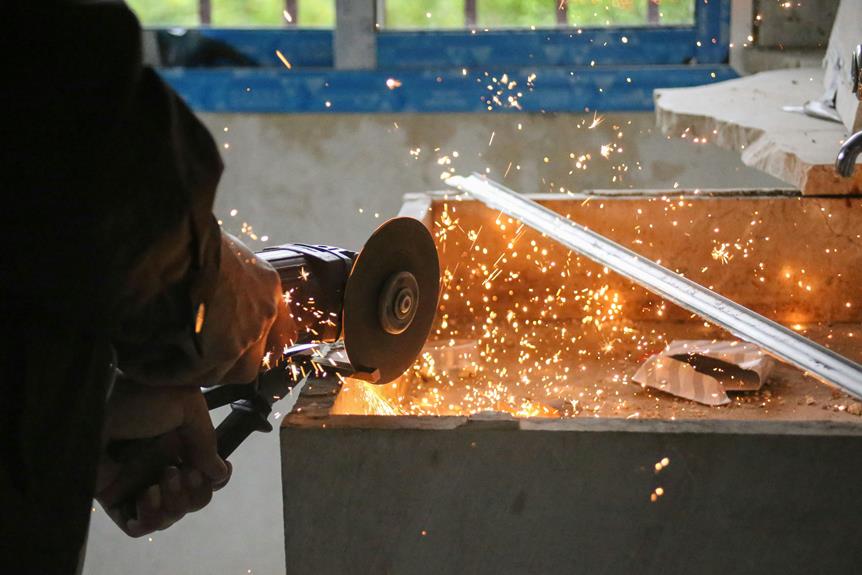Mexico has emerged as a critical player in the global manufacturing landscape, leveraging its strategic location, competitive labor costs, and robust trade agreements. Over the past few decades, the country has attracted a plethora of international companies looking to optimize their supply chains and tap into a skilled workforce. From automotive and electronics to aerospace and medical devices, Mexico’s manufacturing sector boasts a diverse range of industries that contribute significantly to the national economy.
This article delves into the key factors driving Mexico’s manufacturing growth, the challenges it faces, and the future outlook for the industry. We will explore the impact of the United States-Mexico-Canada Agreement (USMCA), technological advancements, and the increasing demand for sustainable manufacturing practices. As we navigate through the intricate landscape of Mexico’s manufacturing sector, it becomes evident that the country’s potential for continued growth and innovation remains promising.
Strategic Advantages of Mexico’s Manufacturing Sector
Mexico’s manufacturing sector benefits from a combination of strategic advantages that make it an attractive destination for international businesses. Its geographical proximity to the United States allows for streamlined logistics and reduced shipping times, while competitive labor costs attract companies looking to minimize expenses without sacrificing quality. The implementation of the USMCA has further strengthened trade relationships, enhancing market access and promoting investment in various industries. As a result, Mexico Manufacturing has continued to flourish, with companies increasingly setting up operations in the country to leverage these benefits.
Challenges and Future Outlook
Despite its many strengths, Mexico’s manufacturing sector faces challenges that could impact its growth trajectory. Issues such as political stability, security concerns, and infrastructure bottlenecks pose significant hurdles for manufacturers. Additionally, the need for environmental sustainability is increasingly becoming a priority, pushing companies to adopt greener practices and technologies. Looking ahead, addressing these challenges while enhancing innovation and workforce skills will be crucial for Mexico to maintain its position as a vital player in the global manufacturing arena. With a focus on sustainable development and overcoming existing obstacles, the future of manufacturing in Mexico appears both promising and dynamic.
In conclusion, Mexico’s manufacturing sector stands at a crossroads of opportunity and challenge, poised for significant growth in the coming years. By capitalizing on its strategic advantages—such as proximity to major markets, competitive labor costs, and favorable trade agreements—the country is well-equipped to attract further investment and innovation. Nonetheless, to fully realize its potential, Mexico must confront and resolve issues related to political stability, security, and sustainability. The commitment to adopting advanced technologies and environmentally responsible practices will not only bolster the industry but also ensure its resilience in a rapidly evolving global market. With a proactive approach to fostering a skilled workforce and enhancing infrastructure, Mexico can solidify its position as a key player in the future of manufacturing on the world stage.

































































0